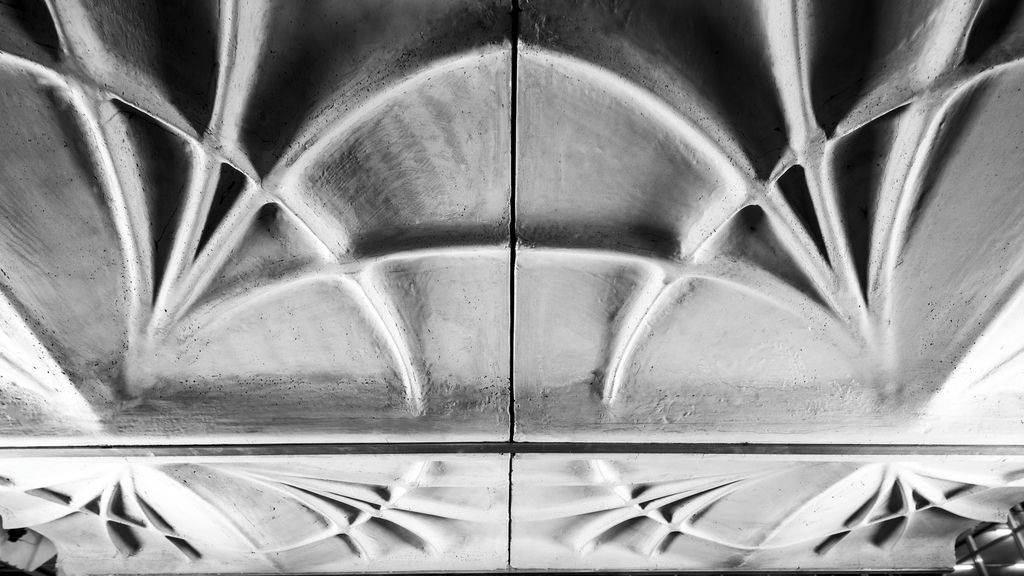Researchers at ETH Zurich have created a machine that controls the setting rate of concrete to offer a “seamless transition between casting and 3D printing” so that structures can be made that use less material.
“The major innovation is the concrete 3D printing process developed by ETH Zurich,” Anton told Dezeen.
“Our material can be digitally controlled from a fluid concrete mix to a fast hardening concrete. In this way, we can have a seamless transition between casting and 3D printing.” The system could be used to make more efficient structures. The system could lead to a reduction in the amount of concrete used to create buildings as only the material that is needed would be poured or printed.
“Both the geometry of the slab and the deposition path are optimised to only add material where needed,” said Anton. “Such geometries would be otherwise too expensive to fabricate.” “That reduction is project-specific and depends on structural evaluation, but compared to a massive slab, there is a lot of space for material saving,” she continued.
To demonstrate the system, the researchers 3D printed a prototype of a highly optimised post-tensioned structural slab using a 3D printed casting.
“Our prototype uses binder jetting and concrete 3D printing selectively: the optimal technique is used for the optimal project feature,” said Anton.
“Binder jetting is excellent for producing precise high-resolution apparent surfaces. Concrete 3D printing can deliver rougher but fast deposition for the underlying structural elements.”
Anton hopes that the Fast Complexity system created at ETH Zurich will form part of the advancement of 3D-printed technologies that will enable more complex structures to be printed with concrete.
“Our vision is that in the near future large-scale building components for both structural and non-structural applications will be directly 3D-printable in concrete,” she said. “This opens up new material saving and design potential.”
Source: Dezeen


